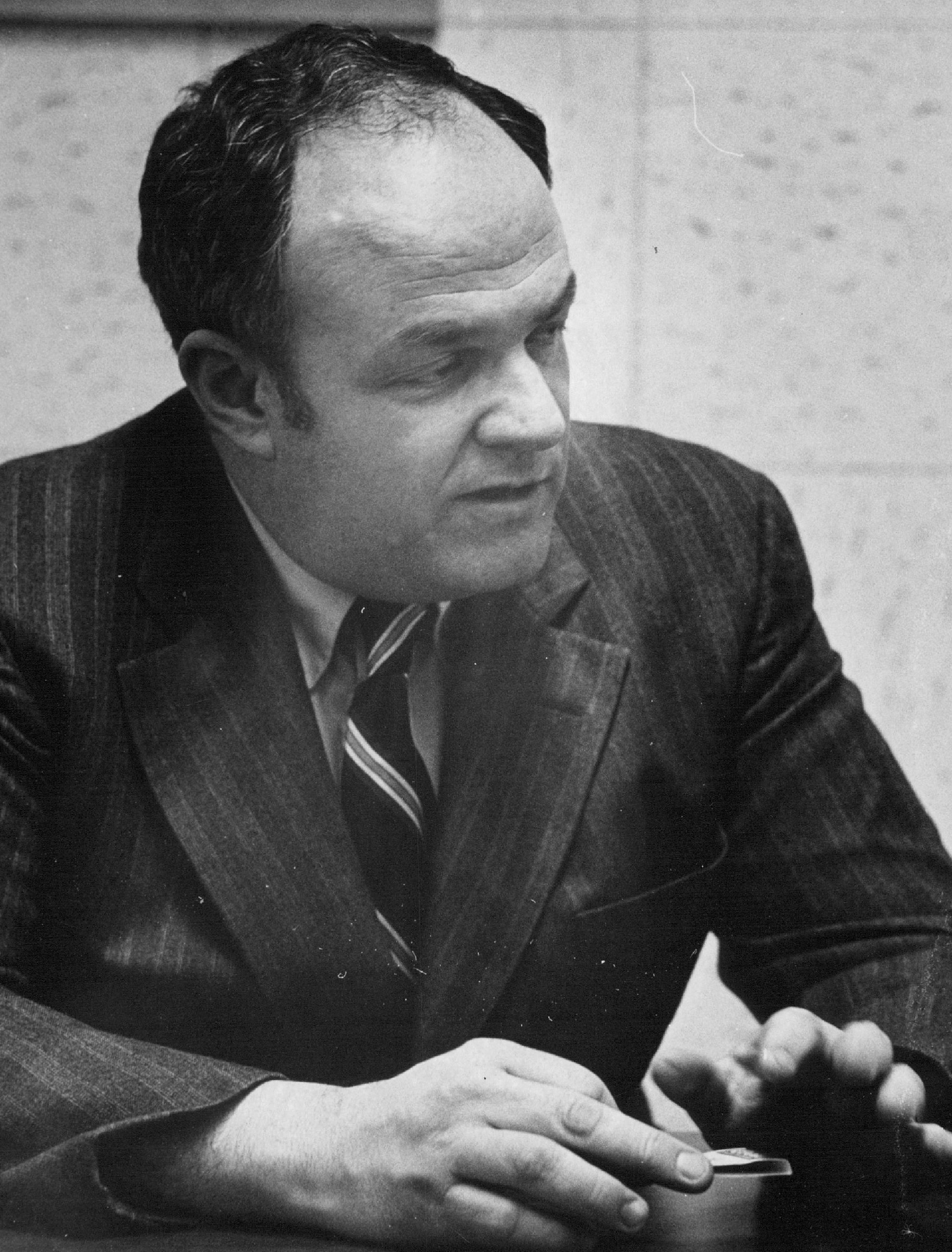'America's Hidden Stories' tackles CIA's alleged involvement in the Trans-Siberian Pipeline explosion of 1982

They say when you repeat a rumor too many times, it starts becoming a fact. And that is probably what happened with the Trans-Siberian Pipeline explosion in June 1982, with often-repeated rumors of the CIA being allegedly responsible for the entire exercise. But busting this myth can only happen when one gets into the intricate details of what actually went down prior to the explosion that shook the Soviet natural gas supply to its core.
Considered to be one of the major incidents of a cyber attack in the world at the time, around Halloween in 1982, an explosion occurred in the middle of Siberia that ended up burning a large portion of the newly-built trans-Siberian pipeline. The sudden explosion severely damaged the pipeline, which was set to produce an approximated $8 billion in fuel revenue annually for the USSR.
For years, it was believed that the CIA was responsible for this damaging explosion, with rumors doing the rounds that CIA officials had planted a "Trojan Horse", a code name for doctored data being passed on to Soviet agents responsible for the espionage of various critical and classified defense data and technology. However, when the case was recently revisited by theorists and experts, the reality came to be far from what was perceived to be the truth.

According to the Smithsonian Channel documentary 'America's Hidden Stories: CIA Cyber Attack', the tale begins with agent “Farewell”, real name Vladimir Vetrov, a Colonel who served as one of the heads of the KGB Directorate, responsible for stealing Western technology. Vetrov, after getting disillusioned by Soviet life, suddenly started sending French Intelligence, la Direction de la Surveillance du Territoire (DST), a collection of over 4,000 pages of highly classified Soviet documents which contained concrete proof of industrial espionage ventures.
The data contained classified information from the Soviets, including names of 250 KGB agents (located abroad and well covered), tasked with stealing Western technology. It further came with a certain 'wish list', which was essentially a list of companies and technologies that were most sought by Soviet intelligence. The espionage data revealed by Vetrov also detailed how scientists were being recruited by Soviet officials and turned into intelligence officers, and made to produce defense mechanisms like warships from American plans in shorter time spans than that in the U.S.

When the information was relayed by the French to the then-president of the U.S. Ronald Reagan, he contacted CIA Director William Casey, where the duo came up with a plan to retaliate to the attack but with complete secrecy. Using the Farewell Dossier's data (an authentic historical document on a joint CIA/DOD/FBI operation in the 80’s, named after KGB agent Vetrov's codename) as counter-intelligence, the CIA leaked many of the items on the wish list to Soviet agents, carefully doctoring them to be ultimately useless or even hazardous.
But how does it all connect with the massive explosion in Siberia? According to AHS, when President Reagan found out the Soviet's treacherous plan to steal crucial data and software from the West via French Intelligence officials, he found a way to secretly make the USSR pay for their crimes. Reagan, after finding out that the Soviet Union needed computer technology to run the aforementioned Siberian pipeline, put an embargo in place for all US-based technology that could be potentially used by the USSR to put the pipeline into action.

As a result, the Soviet Union had to resort to taking help from a Canadian software agency, but what they did not know is that the CIA had sabotaged the data with their own secretly doctored codes. According to former Air Force Secretary Thomas Reed, "The pipeline software that was to run the pumps, turbines, and valves was programmed to go haywire after a decent interval, to reset pump speeds and valve settings to produce pressures far beyond those acceptable in the pipeline joints and welds. The result was the most monumental non-nuclear explosion and fire ever seen from space."
Therefore, when the explosion was discovered through satellite imagery, Reagan, along with other CIA officials, was led to believe that it was their doctored data which single-handedly brought down what was considered to be the biggest natural gas pipeline discovered at the time. However, after all these years, historians have finally figured out the lie that CIA agents, along with Reagan, had been living with all this time.
According to an informed source from one of the three-letter agencies mentioned above, the pipeline explosion had nothing to do with CIA sabotage. It was a Russian engineer who, when discovering a leak in the pipeline, simply kept increasing pressure to maintain the flow of natural gas. When the gas leak kept building up following the engineer's efforts, a passing Russian train sparked the gas cloud, causing a massive explosion in the middle of Siberia. According to multiple reports, despite the explosion’s visibility from space, it resulted in no known physical casualties whatsoever.











